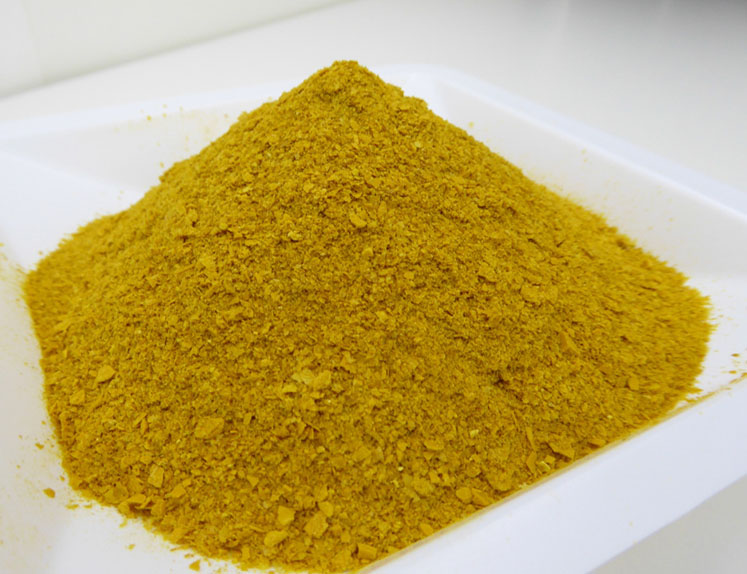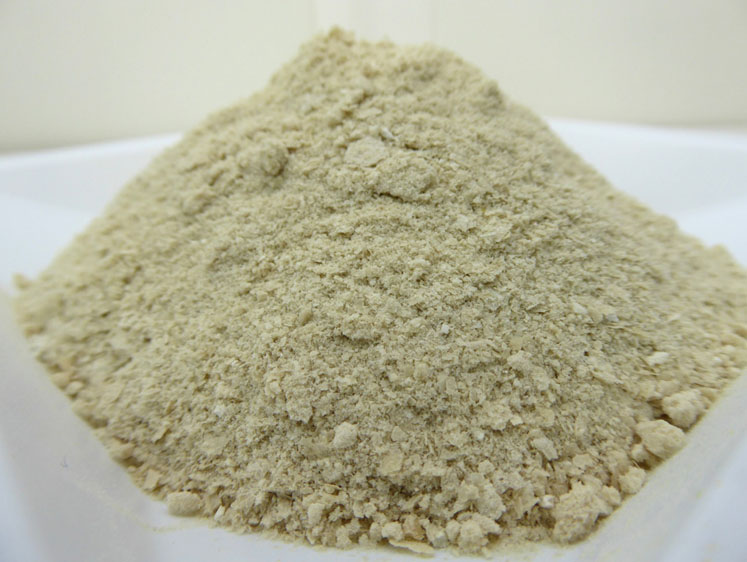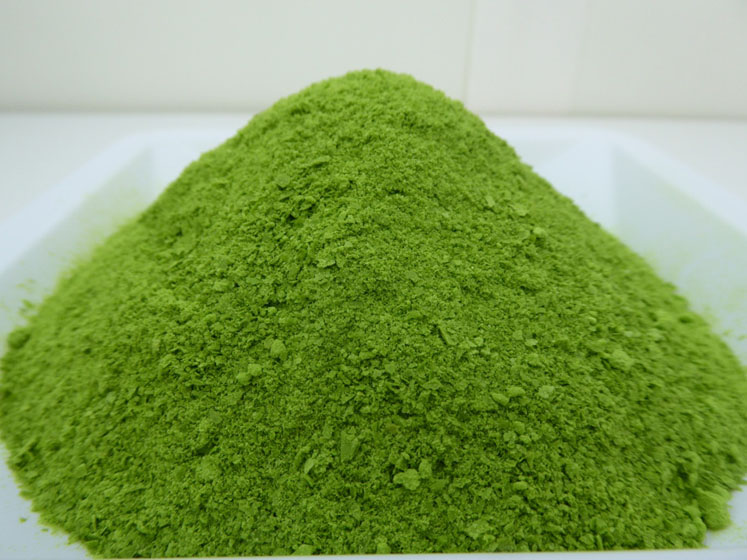A major focus is to replace sources of protein, targeting the resource-heavy meat industry, for example, where up to about 15,400 litres of water are required to produce one kilo of boneless beef.1
Exciting new developments highlight the huge potential of algae in this role, and successful breakthroughs that overcome its less palatable ‘green’ characteristics have opened up even more possibilities for its application in the food industry.
Biodiversity under our feet
There is massive biodiversity that can be found right under our feet wherever we are on the planet, even, in the case of microalgae, in a simple garden pond. Microalgae have emerged as some of the most promising organisms for use in food, offering unique properties from sustainable sources and economical commercial viability for a range of applications.
They have been consumed for centuries in a number of different cultures and have an extensive history of safe use and health benefits. Green algae also have a common ancestor with all ‘land plants’ that form the core of human agricultural output. It’s not surprising then that microalgae are already used as ingredients within a variety of food products, from smoothies and juices to fudge, biscuits, crackers, pasta, dressings and soups.
Interest in further applications of microalgae comes at a time when consumers are becoming progressively aware of the effects of their actions on the environment – including product and packaging choices – and the many current strains on what are often non-renewable resources.
This is very much being reflected in the growth of veganism and a general push for natural, gluten-free and non-GM, plant-based protein ingredients in foods. Microalgae tick all of these boxes, offering the potential to produce higher quality, more nutritious food using less land area than terrestrial plants to meet global food needs.

The emergence of Chlorella vulgaris
A team of algal biologists working in the UK [Algenuity] has isolated a number of microalgal strains, screening and sequencing each one to look for qualities such as robustness and fast growth with minimal nutrient requirements.
This process identified a strain of Chlorella vulgaris as the highest performer for these characteristics, with the added value of containing nutritionally and functionally beneficial compounds, including antioxidants, vitamins E and B, magnesium and zinc, as well as healthy oils, such as omega-6 fatty acids, all of which play a valuable role in diet and well-being.
A further attraction of Chlorella vulgaris for application as a food ingredient flows from a deep understanding of this organism from a metabolic perspective; it is known what it can produce biochemically and, just as importantly, what it can’t.
It is also one of four microalgal species – including Chlorella pyrenoidosa, Chlorella luteoviridis (now reclassified as Heterochlorella luteoviridis) and Spirulina sp. – that are already listed in the EU Novel Food Catalogue as being ‘on the market as a food or food ingredient and consumed to a significant degree before 15 May 1997’.
This means that the use of Chlorella vulgaris as a consumable ingredient in the food market is not subject to the new Regulation (EU) 2015/2283 on novel foods, although individual countries may still have additional regulatory requirements.
Working with the colours of nature
Despite the many advantages of Chlorella vulgaris as a food ingredient, its high chlorophyll content – which accounts for as much as 2% of its total mass – and the intense green colour and strong smell that goes along with that, has represented a barrier to further applications and consumer uptake; while some consider these properties to be part of the organic and natural appeal of the ingredient, not everyone wants pungent green food!

This means the naturally quite bitter flavour associated with high chlorophyll content must be masked by the addition of other ingredients with stronger flavours, or used in sparing quantities only, limiting its usefulness and impact.
In response to this, the team [at Algenuity] has derived chlorophyll-deficient variants of its original proprietary, high-performing wild type Chlorella vulgaris strain. The variants contain extremely low levels of chlorophyll, while still retaining varying levels of other natural pigments, and beneficial nutrients and micronutrients.
Different colour variants – which have proven to be genetically stable (>1000 generations) – have been selected using a technique that is already commonly used in breeding new varieties of food plants, and not considered as genetic modification according to the European Union Directive 2001/18/EC (Annex 1B).
The phenotype of each colour mutant can be explained by slight, but specific, changes in genes with a corresponding function to chlorophyll and pigment production. So far, the resulting Chlorella Colours platform includes well-characterised yellow, lime and white varieties; the mutation in yellow Chlorella affects the biosynthesis of chlorophyll precursors, while those in the lime and white strains impact carotenoid biosynthetic pathways.
For each new strain, the genome has been sequenced and analysed to ensure there are no mutations that could otherwise lead to accumulation of metabolic intermediates that could be toxic.
Solving market needs around the world
The patent-pending Chlorella Colours platform represents a huge leap forward for the use of microalgae to solve unmet market needs in the food industry. Although wild type Chlorella vulgaris offers the benefits of being sustainable, natural, gluten free, high protein and non-GM, the range of alternative colours on the platform offers heterotrophic strains with more pleasant flavours, suitable for use in a broader range of areas.
Each strain has different properties, giving food manufacturers flexibility and choice to suit the needs of their applications. For example, yellow Chlorella is rich in the xanthophyll lutein, which has been linked to the prevention of eye diseases such as age-related macular degeneration.

Colour is also key of course, with the Chlorella Colours platform co-ordinating strongly with a substantial global drive towards the development and use of natural colourants and naturally coloured ingredients in food and beverages.
Some artificial colours have been associated with hyperactivity and behavioural problems, and can be unstable under certain conditions, leading to them being removed from certain markets. The Chlorella Colours platform offers a range of natural colourants, adding to the widely accepted Spirulina blue that originates from the phycocyanin pigment made by Arthrospira strains of microalgae.
To reach high levels of production and really make an impact in feeding the world, scalability is vital. Importantly, the Chlorella Colours strains are highly productive under heterotrophic growth, overcoming many of the economic and operational challenges of producing phototrophic microalgae at scale.
The ability to culture these strains in standard industry fermentation systems, and without the use of light, means that set-up and culture can be achieved almost anywhere in the world. This has potential implications for land use, where the ability to produce a source of food without competing for arable land is a huge advantage. Additionally, fermentation offers the added benefit of year-round production, as opposed to seasonal farming of other plant-based protein crops.
A colourful future for Chlorella
The development of the Chlorella Colours strains has opened up a wealth of applications in the food market, and there’s still more to come as new strains are due to be launched before 2020, with the colours yet to be confirmed.
The whole process stems from analysing the genome and understanding the underlying metabolic pathways, allowing the identification of defined, non-GM routes leading to specific colours. Then, it’s a careful selection process for the desired colours and ongoing characterisation of the strains.
To a large extent, the derivation of stable variant strains can be compared with the colours that are revealed in the leaves of deciduous trees in autumn; chlorophyll produces a dominant green pigment in the leaves that, once degraded, reveals other colours, including reds, oranges and yellows.
The underlying flexibility of the Chlorella Colours strains is leading to other discoveries and opportunities, for example, some strains are able to grow as one colour in the dark before reverting to a green appearance when exposed to light.
In some instances, there are also multiple routes to the same colour; this opens up the potential for different shades and the opportunity to create an entire Chlorella vulgaris colour palette with different properties. It will be exciting to see the impact that Chlorella Colours has across a breadth of applications.
Reference
- M.M. Mekonnen and A.Y. Hoekstra, "The Green, Blue and Grey Water Footprint of Farm Animals and Animal Products," Value of Water Research Report Series, no. 48 (Unesco-IHE Institute for Water Education, Delft, the Netherlands, 2011).




